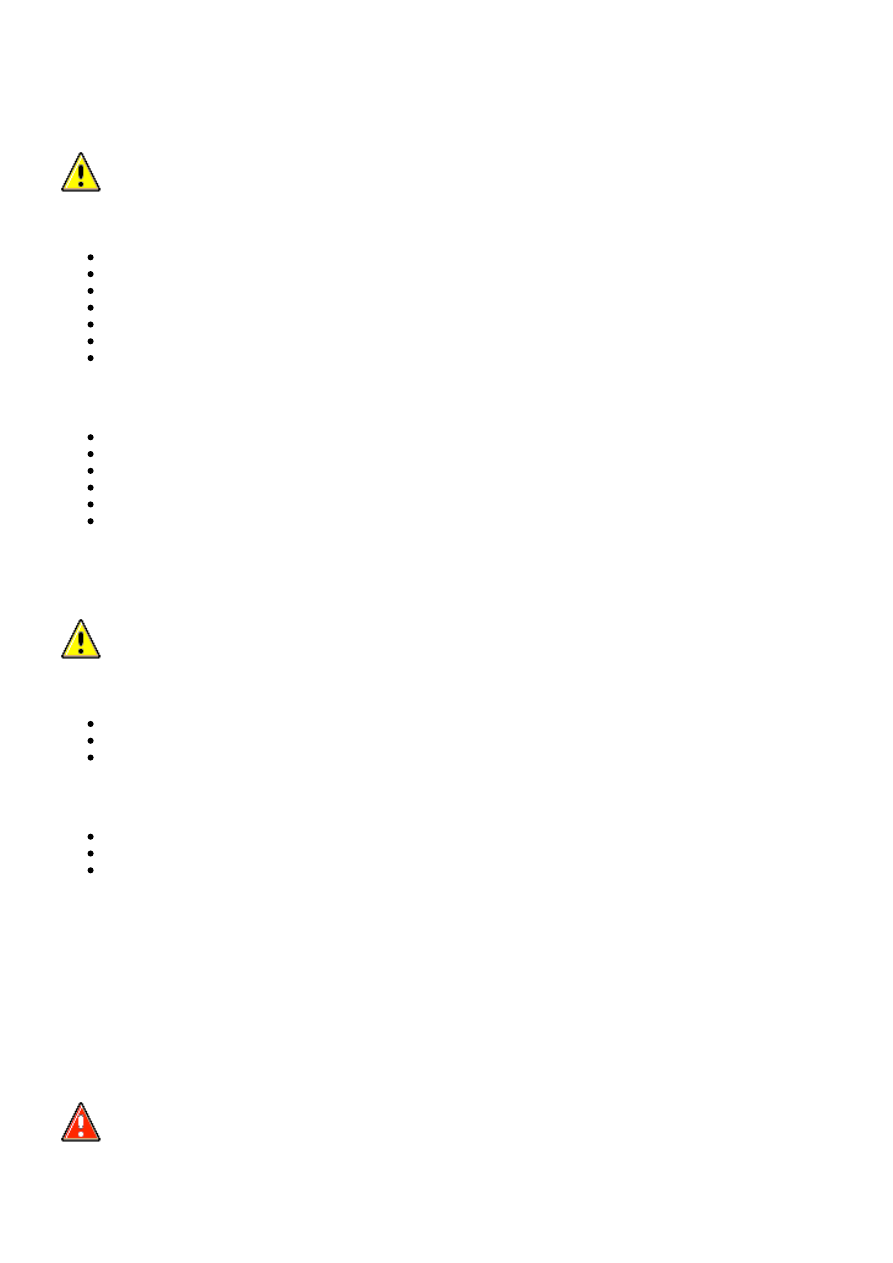Range Rover Sport. Manual - part 6

CAUTION: If the head airbag modules are deployed, the following components must be replaced on the
side of the vehicle on which the deployment occurred:
Head airbag modules
Link lead between airbag gas generator and restraints control module (RCM) harness
Airbag retaining clips
Internal trim finisher
Front seat belt buckle pre-tensioners
Any side impact sensors that have been physically damaged or if a fault is being registered
Restraints Control Module (RCM) if the three crashes/impacts have been stored
Additionally, the following items must be inspected for damage and replaced as necessary:
Headlining
Component mounting brackets
Front seat belts, retractors and webbing, tongue latching function, 'D' loop and body anchorage points
Rear seat belt buckles, webbing, buckle covers, tongue latching function, and body anchorage points
Adjacent trim components
Seat belt height adjusters
Rear impacts
CAUTION: If the seat belt pre-tensioners are deployed during a rear impact, the following components must
be replaced:
Seat belt pre-tensioners
Front and rear seat belt retractors used during the impact
Restraints Control Module (RCM) if the three crashes/impacts have been stored
Additionally, the following items must be inspected for damage and replaced as necessary:
Seat belt height adjusters
Front seat belts, retractors and webbing, tongue latching function, 'D' loop and body anchorage points
Rear seat belt buckles, webbing, buckle covers, tongue latching function, and body anchorage points
Air Conditioning System Precautions
The air conditioning system contains fluids and components which could be potentially hazardous to the service engineer or
the environment if not serviced and handled correctly. The following guidelines are intended to alert the service engineer to
potential sources of danger and emphasise the importance of ensuring the integrity of the Air Conditioning operating
conditions and components fitted to the vehicle.
Where necessary, additional specific precautions are detailed in the relevant sections of this Manual and also in the Health
and Safety Section. These precautions must be referred to prior to commencing repair operations.
The refrigerant used in the air conditioning system is HFC-134a (Hydrofluorocarbon) R134a.
WARNING: Servicing must only be carried out by personnel familiar with both the vehicle system and the
charging and testing equipment. All operations must be carried out in a well ventilated area away from open flame